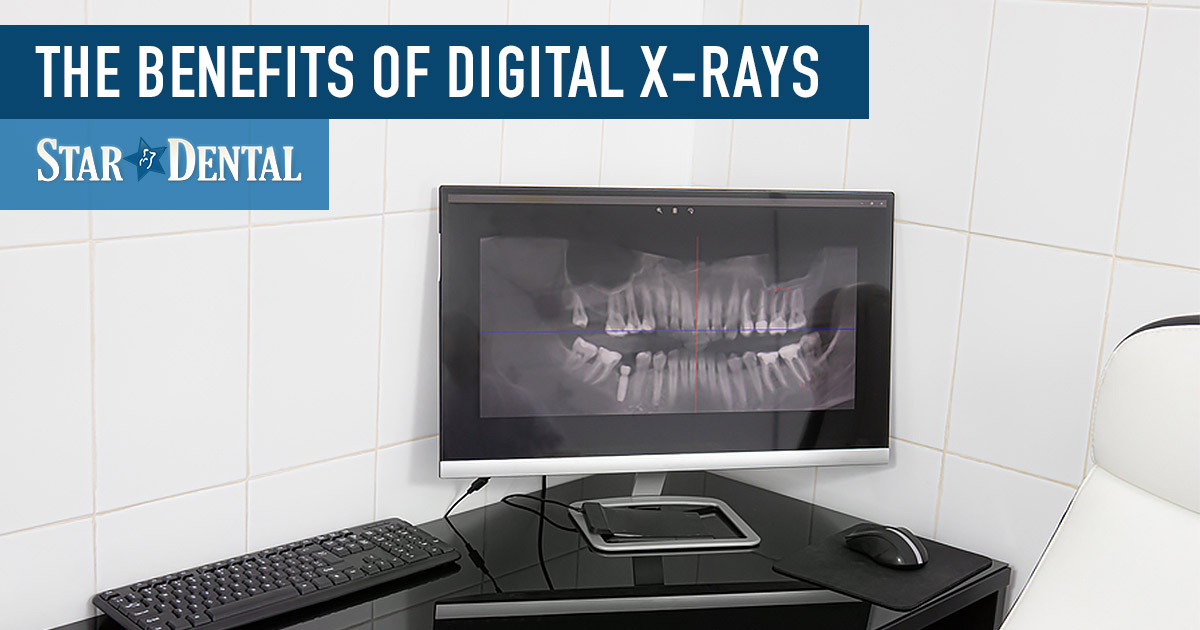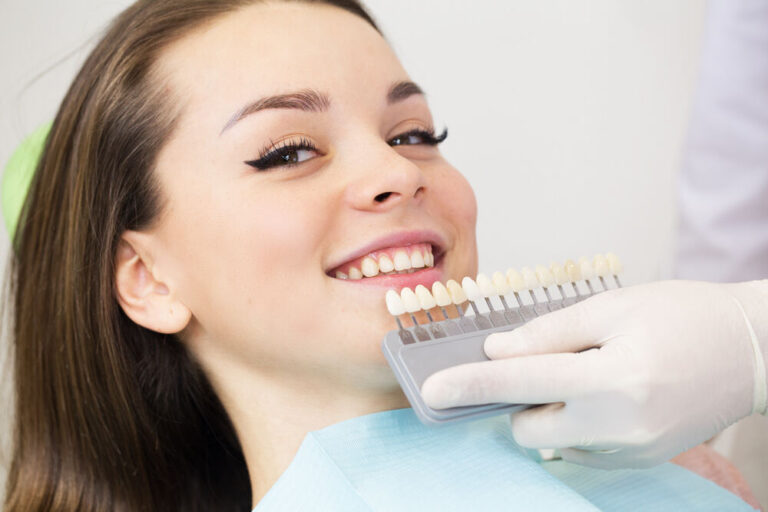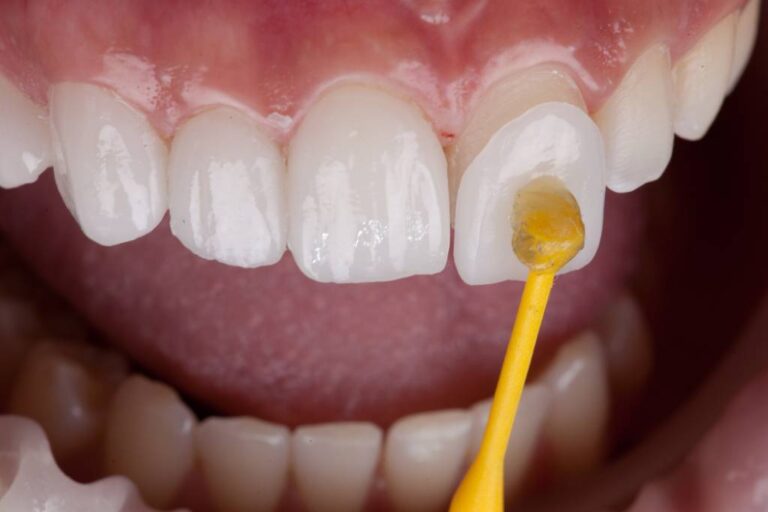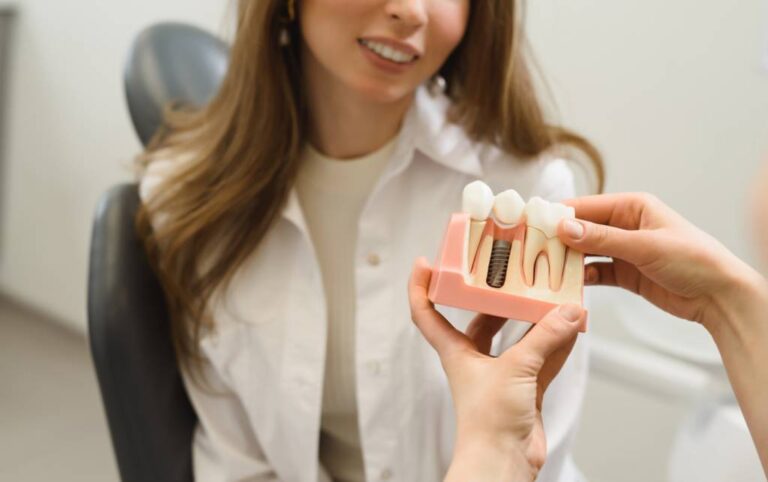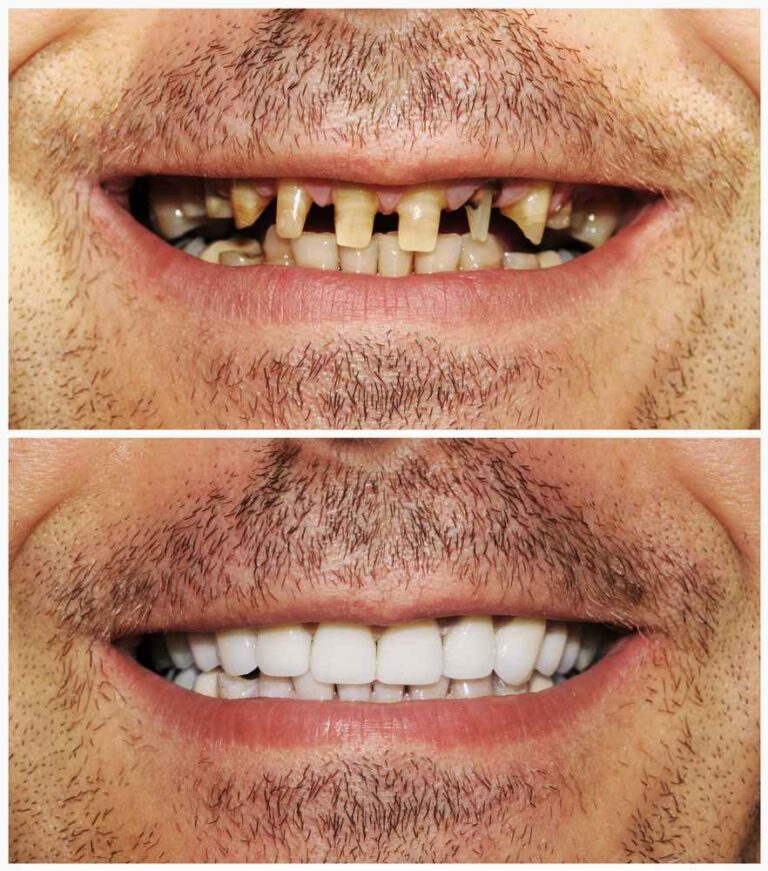From Film to Screen: The Benefits of Digital X-Rays
Dental issues can be detected in a number of ways, and one of the most common methods is the use of X-ray images. Traditional, film-based X-rays have been used since the 1900s, but with the use of today’s modern, digital X-ray technology, dentists can now get a better picture of your dental health with less risk of radiation exposure.
Digital X-rays have brought a noticeable improvement to the way dentists obtain imagery. They produce a much clearer image of the hard and soft tissue in a patient’s mouth, which helps them better diagnose dental conditions. Additional benefits include:
- Instant view — Traditional X-rays may take 10–15 minutes to be developed, but like digital photography, digital X-rays can be viewed almost instantly.
- Enlarged — Since digital X-rays are viewed on a screen, they can be enlarged and focused on problem areas, which allows faster detection of issues and a more precise diagnosis.
- Less radiation — A digital X-ray produces 70% less radiation exposure compared to a traditional machine.
- Versatile processing — Digital X-rays can be printed, copied, and sent electronically to insurance companies or other specialists. This makes it faster to process claims and treat patients. Images can be stored in a database and easily recalled for viewing, making for a much more efficient process.
- Better for the environment — There’s no need for film or processing chemicals such as those used with traditional X-rays.
The improved image quality produced by digital X-rays allows for a more efficient diagnosis process that benefits both dentists and patients. We are pleased to use digital X-ray technology to better help us provide quality dental health care to our patients
